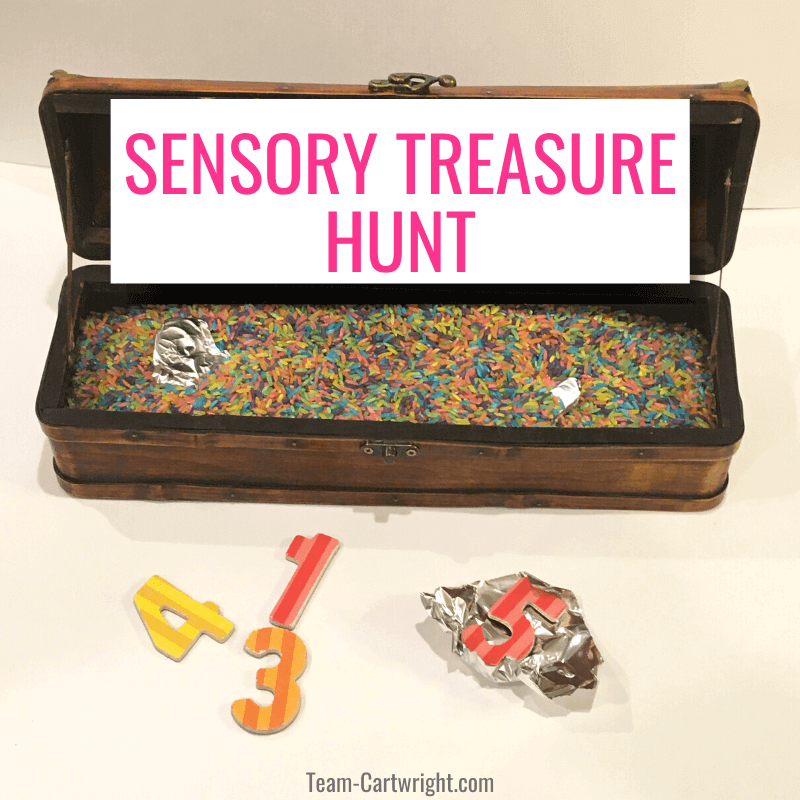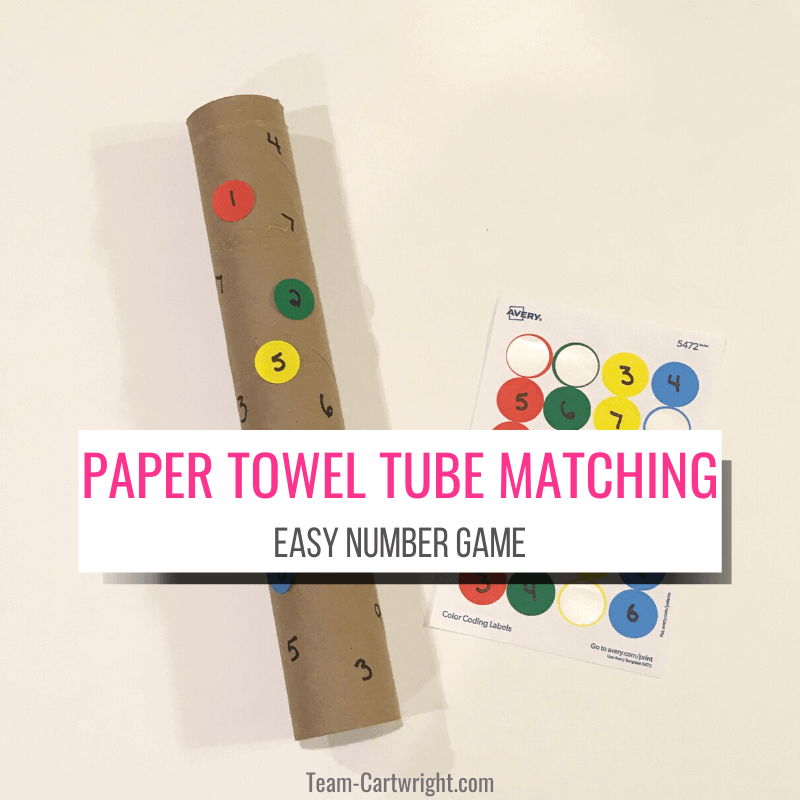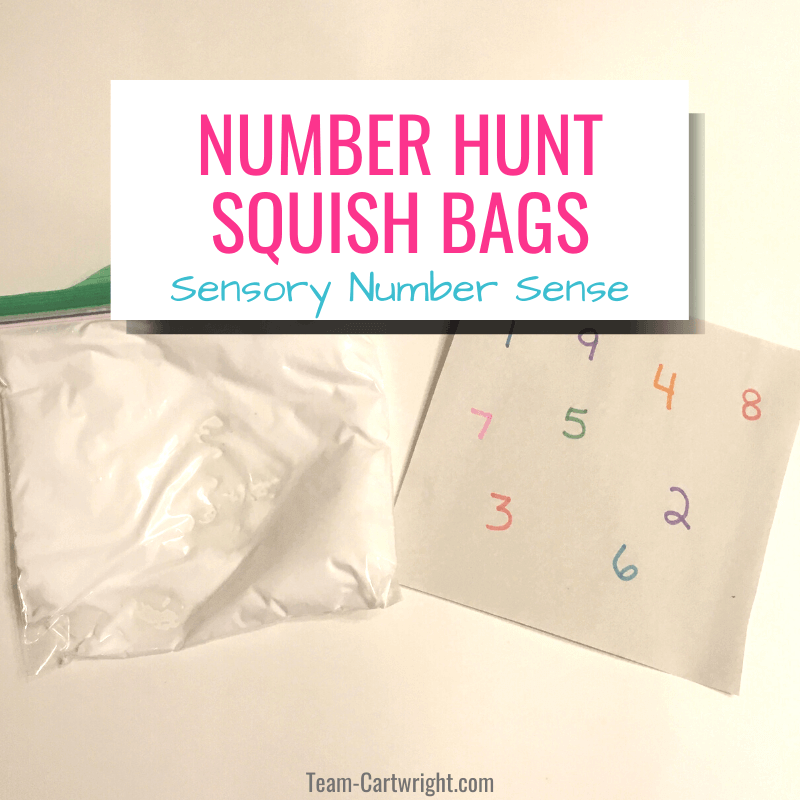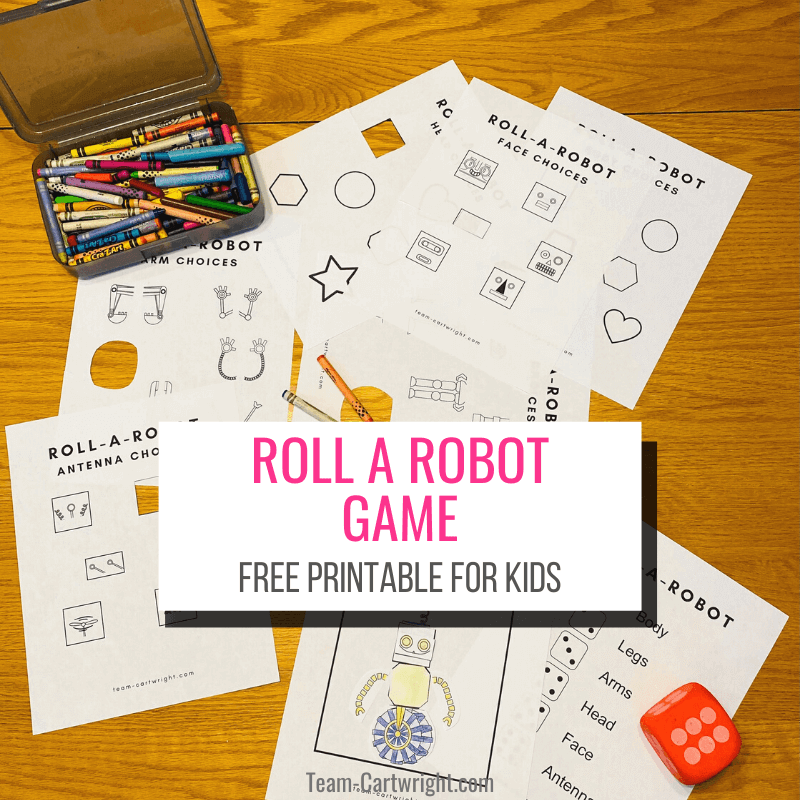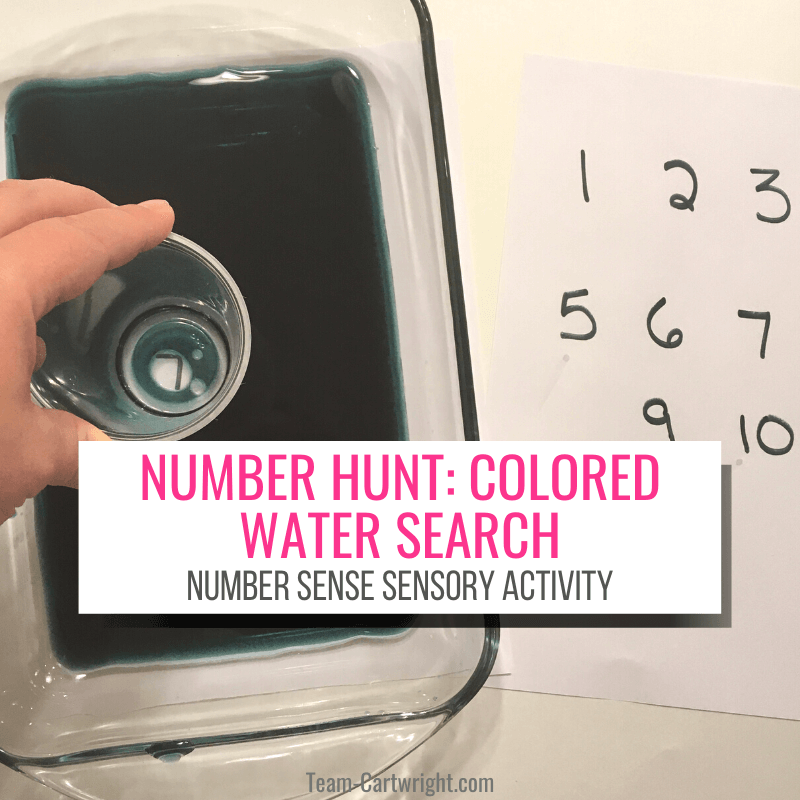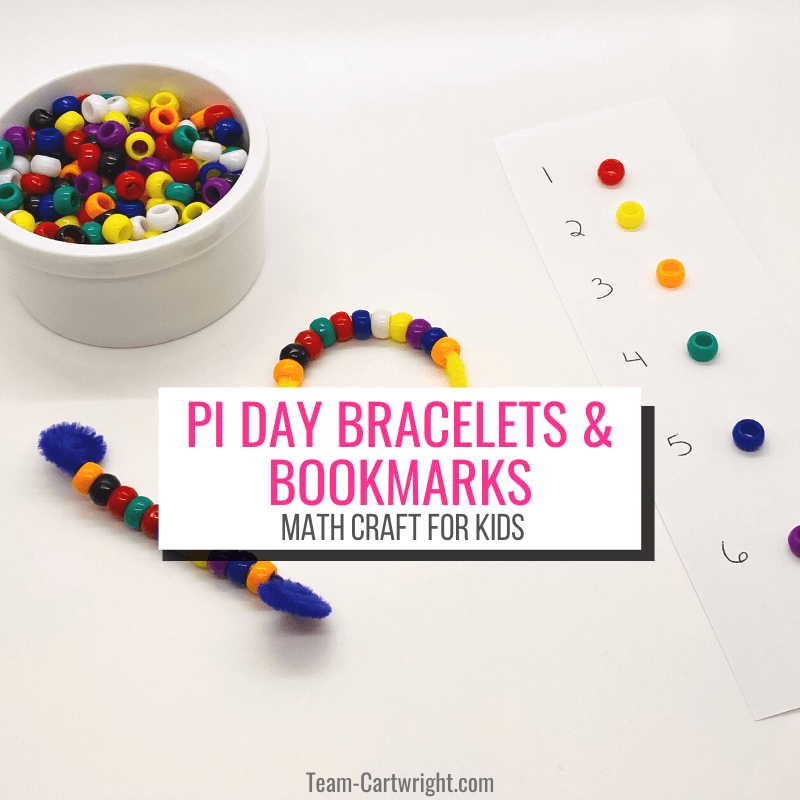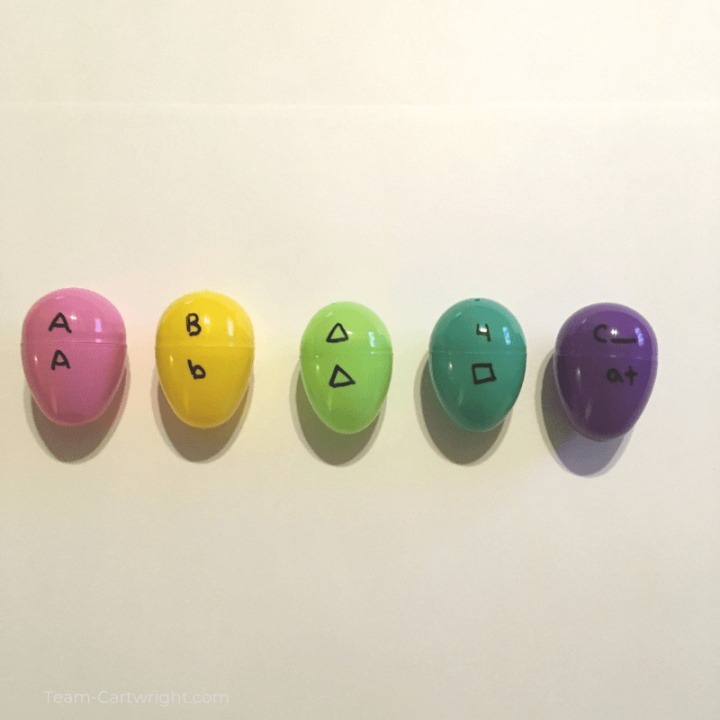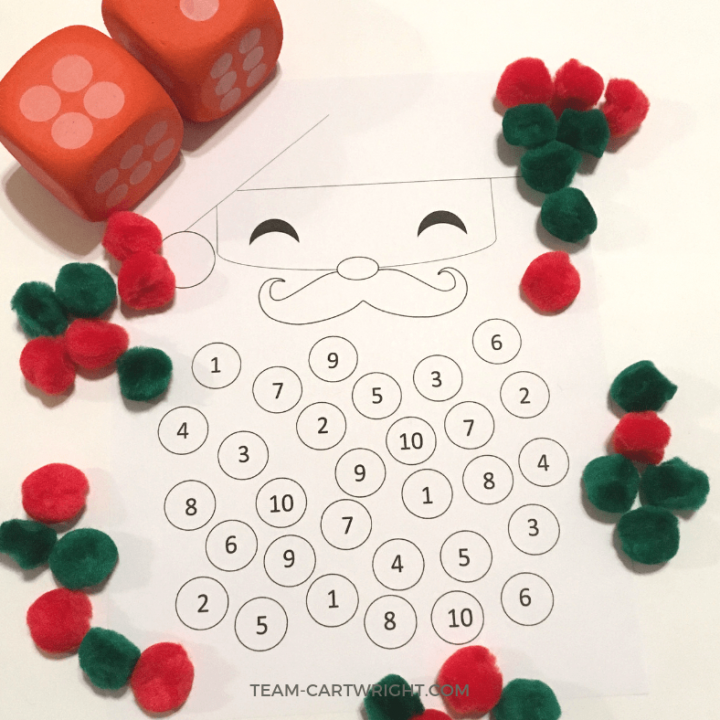Number Sense Activities for Kids
We all know that it is important for children to learn their numbers. Simply being able to count isn’t really enough though. Yes, reciting the numbers is important. But what really matters is that children understand what the numbers mean.
This is number sense.
Number sense sounds like it could be really hard or boring to work on with kids. Perhaps even too advanced for toddlers, but it isn’t. In fact there are a lot of fun and easy ways to build number sense with toddlers, preschoolers, even elementary kids. Here’s some of the best activities to try.
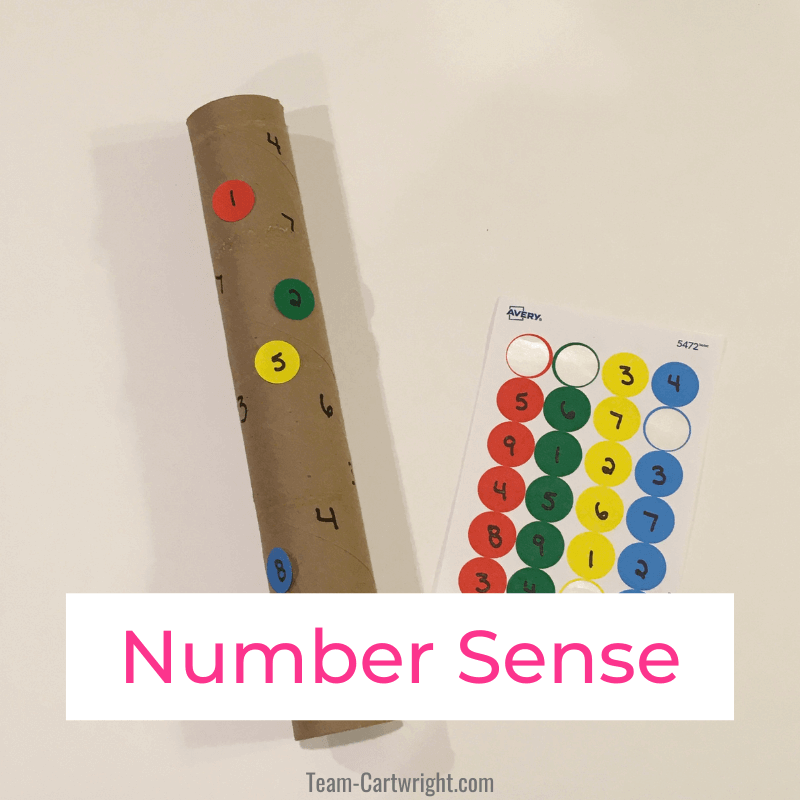
What's In This Post?
- Number Sense Activities To Try
- Number Sense Activities for Kids
- Simple and Fun Dice Games to Boost Number Sense (and Why That Matters)
- Bean Counting Game: Easy DIY Number Sense Game
- Number Treasure Hunt: Sensory Number Sense Activity
- Paper Towel Tube Number Matching Game: Upcycled Learning Activity
- Sensory Bag Number Hunt: Learning Numbers in a Unique Squishy Way
- Roll a Robot Printable Counting Game
- Number Hunt: Colored Water Sensory Bin
- Pi Day Bookmarks and Bracelets (Math Craft for Kids)
- 5 Learning Activities Using Uno Cards
- Easter Number Sense Games for Preschoolers and Toddlers
- Halloween Number Sense Activities Perfect for Kids (with Free Printables!)
- Christmas Counting Worksheet: Santa Math Fun!
- What Is Number Sense?
- Why Is Number Sense Important?
- Make Number Sense Fun
- Build STEM and Science Success
- Number Sense for Toddlers and Preschool
Number Sense Activities To Try
Number Sense Activities for Kids
Number sense is the foundation for all math success. But don't worry, building this skill can be so much fun! These are fun and easy activities to encourage early math skills and counting in your little ones.
Simple and Fun Dice Games to Boost Number Sense (and Why That Matters)
Here is a collection of super easy number sense games your kids will love. Learn how to use dice to urn any learning activity into a game, and get some fun outdoor math games to play too.
Bean Counting Game: Easy DIY Number Sense Game
Use dried beans and cupcake liners to practice counting in a way that lets little ones visually see the values of numbers!
Number Treasure Hunt: Sensory Number Sense Activity
Turn sensory play into a treasure hunt that also works counting skills. Wins!
Paper Towel Tube Number Matching Game: Upcycled Learning Activity
Recycle those paper towel tubes into a DIY number game! This is an easy way to boost fine motor skills too.
Sensory Bag Number Hunt: Learning Numbers in a Unique Squishy Way
Turn sensory play into a number sense activity! This is so simple and uses things you already have at home. Sensory activities plus counting games are a win.
Roll a Robot Printable Counting Game
This free printable game is perfect for your robot fan! A creative math craft that builds fine motor skills, coloring, and more alongside building number sense.
Number Hunt: Colored Water Sensory Bin
Another fun way to combine sensory play and number sense. Plus this activity adds an element of mystery as your child has to hunt down the numbers!
Pi Day Bookmarks and Bracelets (Math Craft for Kids)
Practice number sense and learn all about pi with these fun bracelets and bookmarks! This fun STEAM activity is perfect for Pi Day, but it's also wonderful any time of year.
5 Learning Activities Using Uno Cards
Build math sense with Uno cards! Yep, they can be used for more than just playing the game. Super simple games you can play with your child using this at home item.
Easter Number Sense Games for Preschoolers and Toddlers
This started as a way to practice numbers during the Easter season, but my kids love this year-round. Plastic eggs can be so versatile for number games!
Halloween Number Sense Activities Perfect for Kids (with Free Printables!)
Halloween is another holiday that is fun all year long. Here are some easy and fun number sense activities that add a little spooky to the learning!
Christmas Counting Worksheet: Santa Math Fun!
You can turn number sense into an adorable holiday craft! This fun game turns into a super cute Santa.
What Is Number Sense?
Let’s go into a little more detail of what number sense is.
Number sense is the understanding that numbers have unique values and and these unique values can interact with each other.
There are 4 main areas that we focus on with number sense.
- Counting: Knowing how to put numbers in the proper order.
- Quantification: Knowing that each number has one value.
- Recognition: Knowing the value for each number.
- Addition and Subtraction: Knowing that the numbers can interact with each other.
You can learn more about number sense here: Number Sense for Kids.
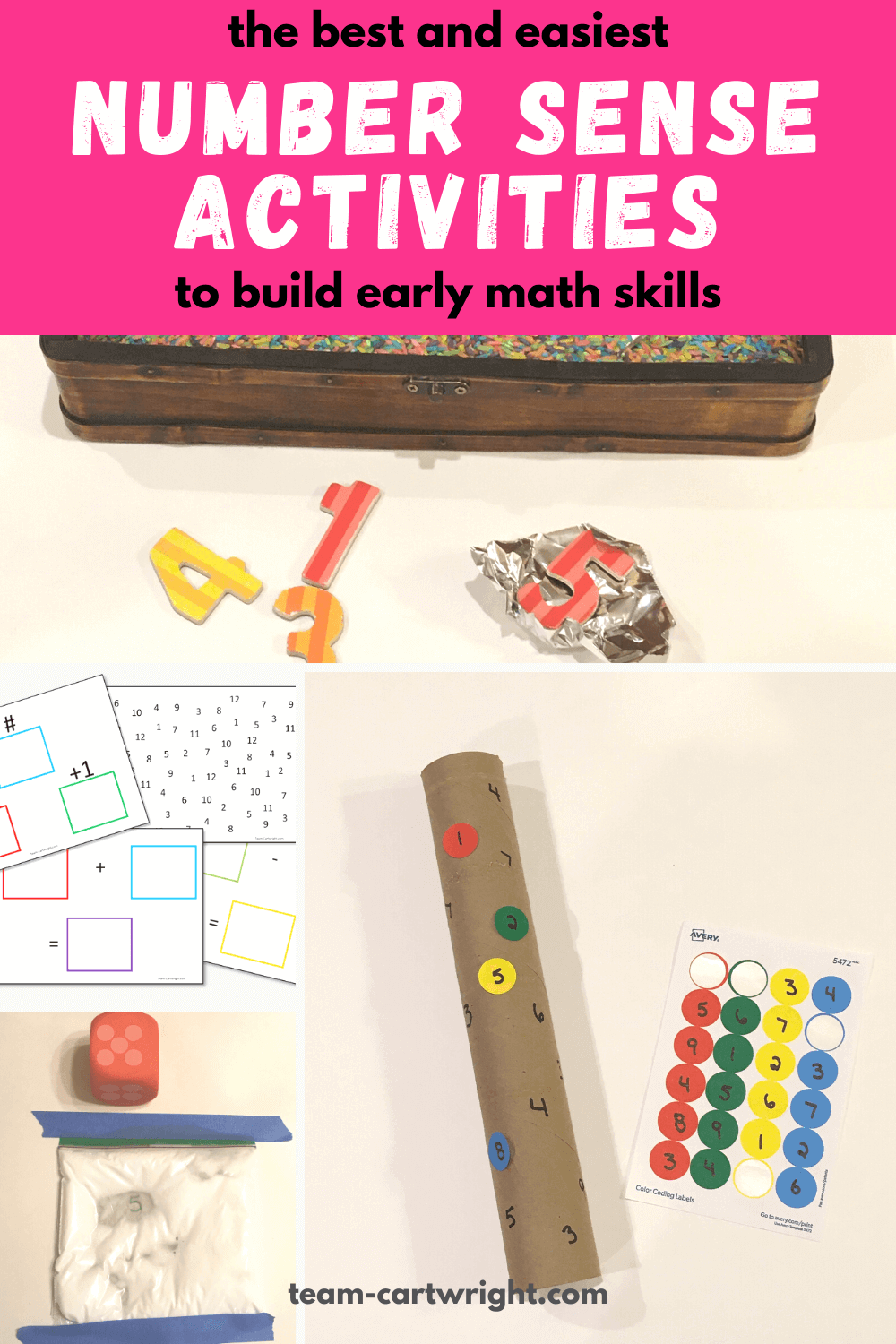
Why Is Number Sense Important?
So why is number sense so important?
It comes down to understanding the numbers. It is one thing to be able to recite 1 through 10. That matters, but it can be done by simple memorization. Reciting the numbers doesn’t mean that kids understand what they are saying.
Number sense means that a child can look at the number 1 and know that it is different than the number 7. This grows into looking at a set of 3 objects and recognizing that this is the vale of 3, for example. Children will also be able to start to understand that the value 9 is bigger than the value 2, as another example.
And as your chld grows and learns this turns into understanding that numbers can be added together or subtracted to get other values.
In other words, knowing that numbers have value and understanding what those values are leads to all math. So it is pretty important.
Make Number Sense Fun
As I said, this concept is important. But that doesn’t mean it can’t be fun. Children learn best through play so any time you can turn a lesson about counting or numbers into something fun, go for it!
This includes the activities listed in this post, but it doesn’t stop there. Color by number and number puzzles are two more ways to add counting fun.
And try just counting objects in your daily life. As you set the table count out how many plates you put out. Count up your blocks as you stack them. Even count houses as you go on a walk. Exposure to numbers will increase number sense.
Build STEM and Science Success
I cannot count the number of adults who have told me they hate math, they are afraid of math, or both. And this makes me so sad because these same adults are way better at math than they realize. The fear of math holds them back from trying to understand math and can lead to scientific confusion.
An important way to stop people from being afraid and unwilling to embrace STEM is to build early confidence in kids. This means showing kids that math and science are for them. Building number sense increases math understanding, confidence, and the willingness to explore the STEM fields more.
(Read more on this: Why Parents Need To Stop Fearing STEM)
Number Sense for Toddlers and Preschool
Which number sense activity are you going to try first?


